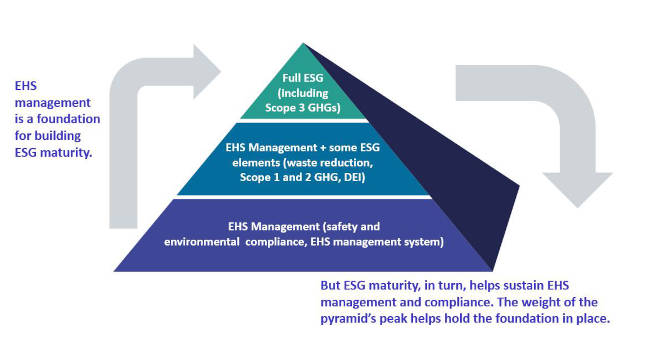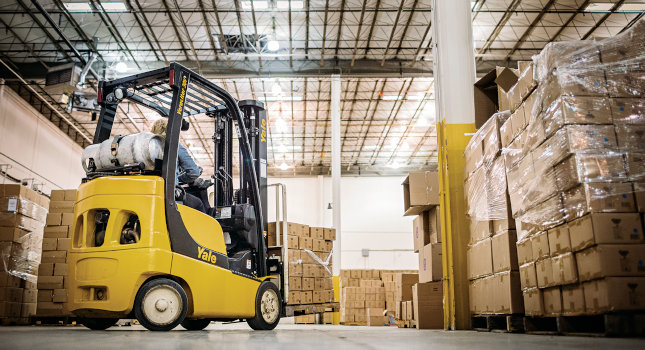Benefits of LED lighting go beyond ROI to system-wide data mining

With surprising swiftness, the era of big data analytics has reached the manufacturing domain, ushering in unprecedented advances in how facilities are managed to optimize energy usage and operational results. Leading manufacturers, for example, are already leveraging big data to slash facility-wide energy use, improve space utilization, optimize scheduling, and decide when new capital equipment investments make sense based on accumulated data, among other valuable insights. Big data accomplishes this by providing an unparalleled level of visibility into facility operations, based on real (versus observed or anecdotal) operational data.
Historically, collecting and managing the large volumes of data required to enable big data analytics has posed significant challenges for plant facilities from both a logistical and a financial perspective.
This is because, at a minimum, big data requires the deployment of a large number of sensors to monitor physical systems (e.g., machinery, HVAC components, lighting) and plantwide occupancy patterns. Furthermore, widely distributed sensors must be supported by wired or wireless networks to transmit the data, processors to analyze it, and applications to transform the data into information that can be used to improve facility operations.
The rapidly growing numbers of plants now deploying big data analytics, however, didn’t necessarily set out to solve this specific problem. Instead, spurred by increasingly aggressive energy efficiency mandates, they invested in lighting upgrades, which plantwide energy audits routinely singled out as the fastest, highest return path to substantial year-over-year energy savings. And, to secure truly massive energy savings-upwards of 90% over traditional HID and HIF lighting-the most discriminating facilities invested in intelligent LED lighting. In the process, they solved the big data sensor/networking/processors/analytics challenge.
As a framework for big data analytics, intelligent LEDs offer several distinct advantages over stand-alone data collection alternatives, including:
- The ubiquitous nature of lighting, which reaches into every corner of a facility where people, systems, and machinery reside, turning lighting into an intelligence gathering solution for promoting facility-wide energy and operational efficiency.
- Integrated sensors in every fixture, which generate copious amounts of data for evaluating both lighting and non-lighting-related events, such as energy loads and occupancy patterns.
- Integrated wireless networking in every fixture, which can be used to collect data from any type of sensor (occupancy, load monitoring, temperature, and so on), connected to the system.
- Integrated reporting and analysis tools, which provide facility managers with a single, uniform and, importantly, familiar way of evaluating performance metrics, by system, facility, or multi-facility rollups.
Although facilities are consistently paying for intelligent LEDs in less than two years through lighting-related energy savings, the operational insights afforded by the data the system collects go well beyond lighting, enabling the era of big data mining. For example, facilities are currently using this data to:
- Consolidate high usage spaces by tracking the movement of people and equipment over time. Identify opportunities to save energy through load balancing or the scheduling of energy-intensive activities during lower kWh-cost periods.
- Optimize production and maintenance schedules by tracking machinery utilization rates through lighting and occupancy data.
- Identify operational anomalies, such as energy spikes or unusual concentrations of people over time, enabling corrective or, alternatively, supportive measures.
- Identify where inventory should be placed to improve access, reduce transit times, and improve workplace safety.
- Decide whether or not to invest in more capital equipment based on usage data.
Granted, plants have only begun to see the benefits of big data mining, but it is already changing the face of facility management, driving everything from simple forklift routing to more complex energy load management in search of energy savings. The fact that it leverages an already-paid-for network of distributed sensors, wireless communications, and centralized analytical tools simply makes it a logical-and economically justifiable-choice for facility-wide deployment. In much the same way that ISO, Six Sigma, and TQM revolutionized plant processes and procedures, big data is doing the same for the buildings that house, and the activities that support, these highly optimized operations, begging the question: Isn’t it time to expect more from your infrastructure investments?
Yolanda Smith is an applications engineer at Digital Lumens.



